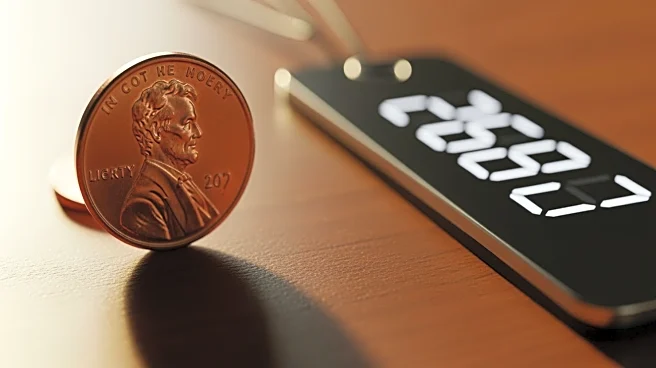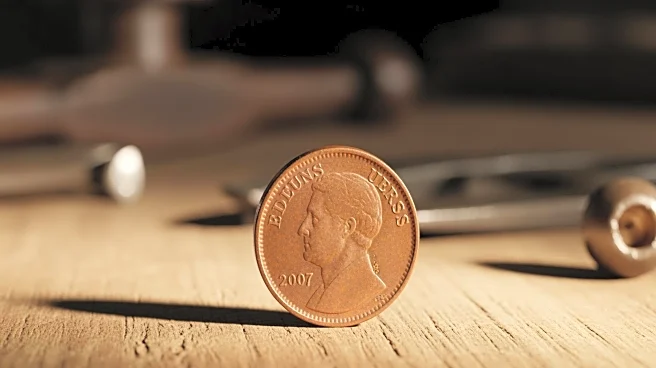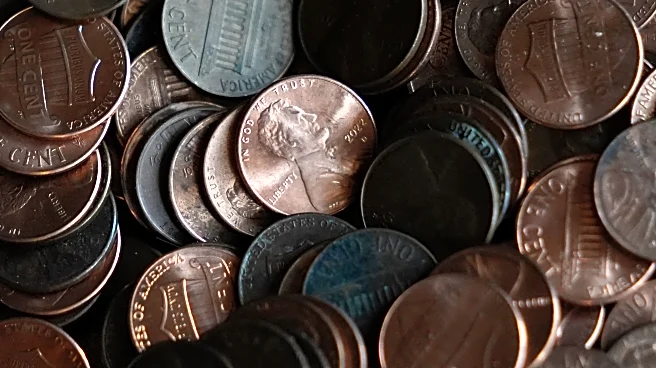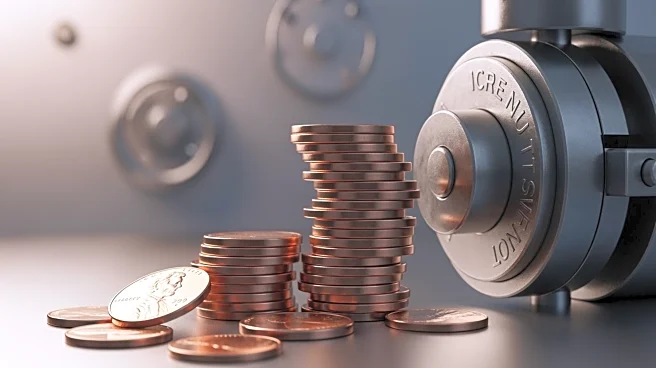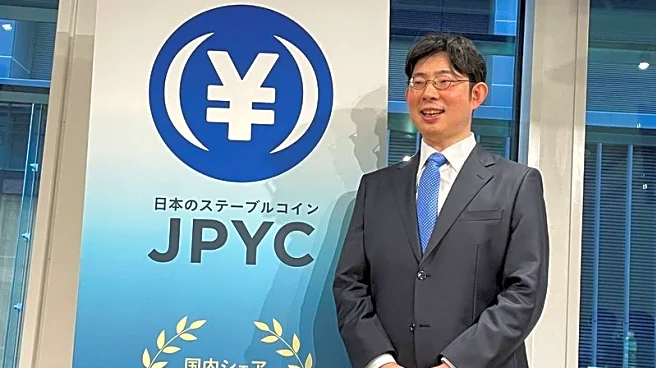What's Happening?
The United States has minted its last penny, following an order from President Trump to halt production due to the high cost of manufacturing each coin. The decision comes as the cost to produce a penny is nearly
four times its face value. As pennies become scarce, retailers are adjusting their pricing strategies, opting to round transactions to the nearest nickel for cash payments. This marks a significant shift in the country's approach to currency and pricing.
Why It's Important?
Ending penny production has implications for both consumers and businesses. Retailers will need to adapt their pricing models, which could affect cash transactions and consumer spending habits. The move may also influence the broader economy by reducing the costs associated with coin production and distribution. Additionally, this decision could prompt discussions about the future of other low-denomination coins and the potential for digital currency adoption.
What's Next?
As the transition away from pennies unfolds, businesses and consumers will need to adjust to new pricing norms. The government may explore further changes to coinage, potentially phasing out other low-value coins. Economists and policymakers might assess the impact of these changes on inflation and consumer behavior. The shift could also accelerate the adoption of digital payment methods, as cash transactions become less convenient.
